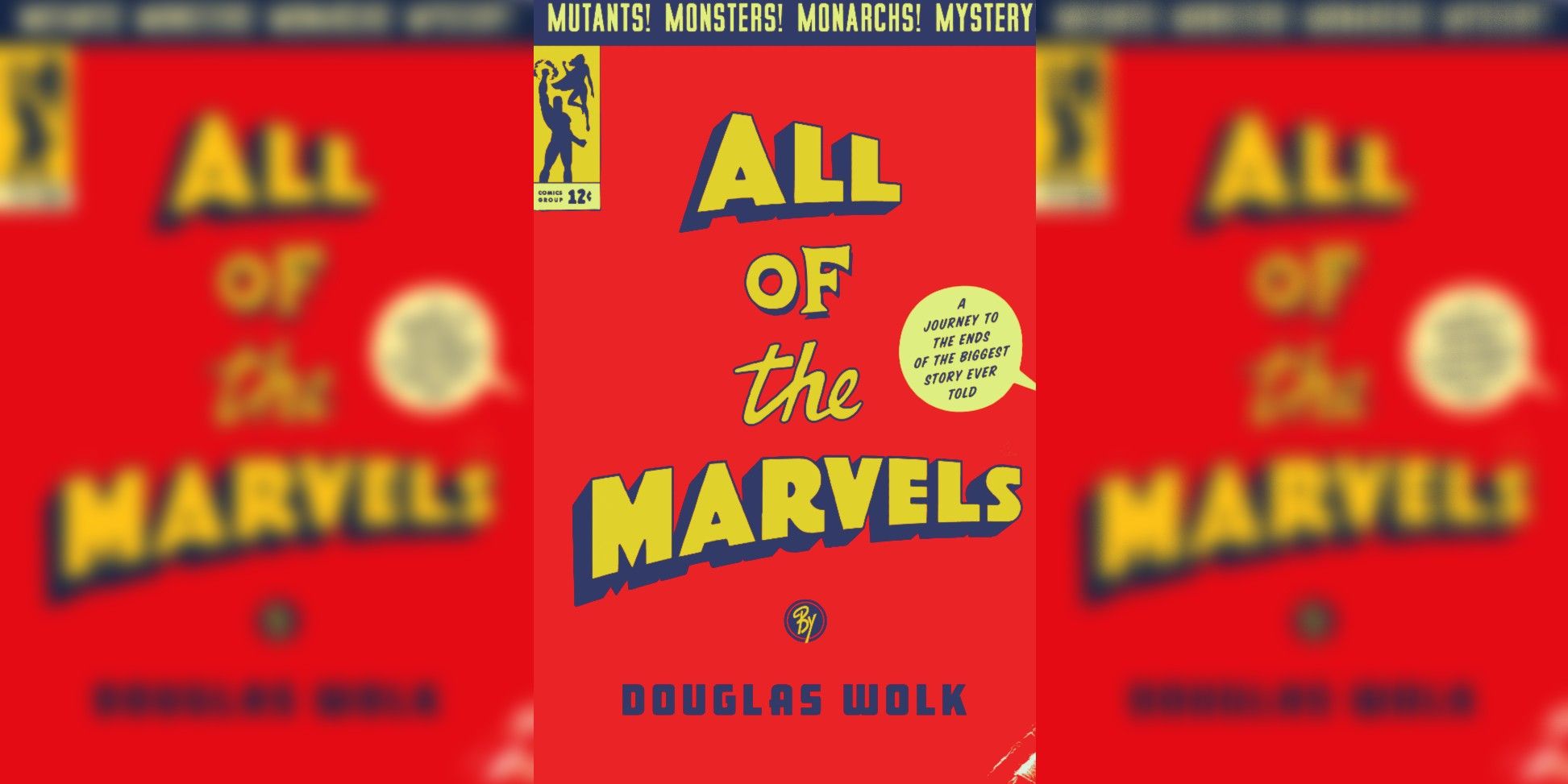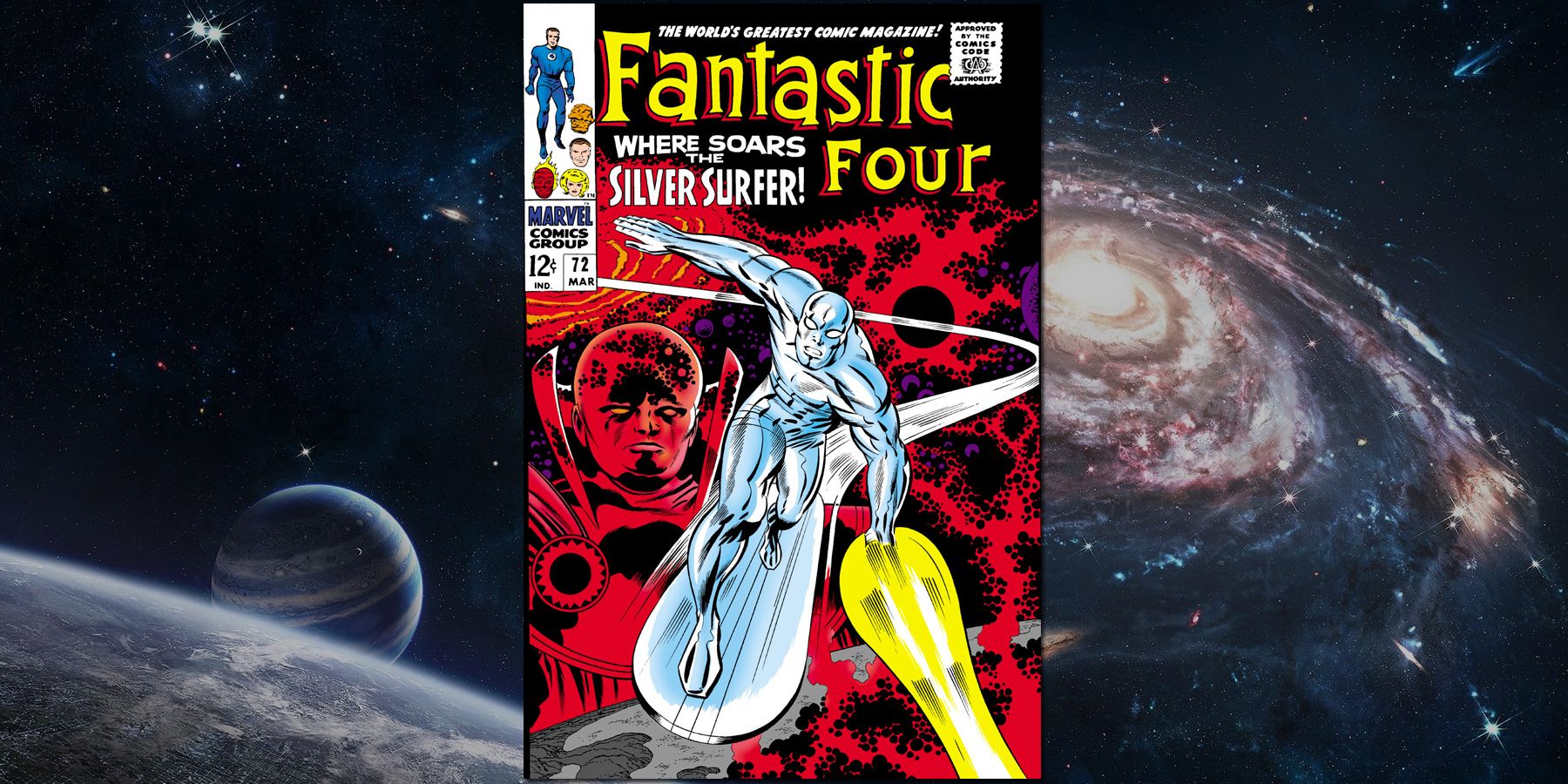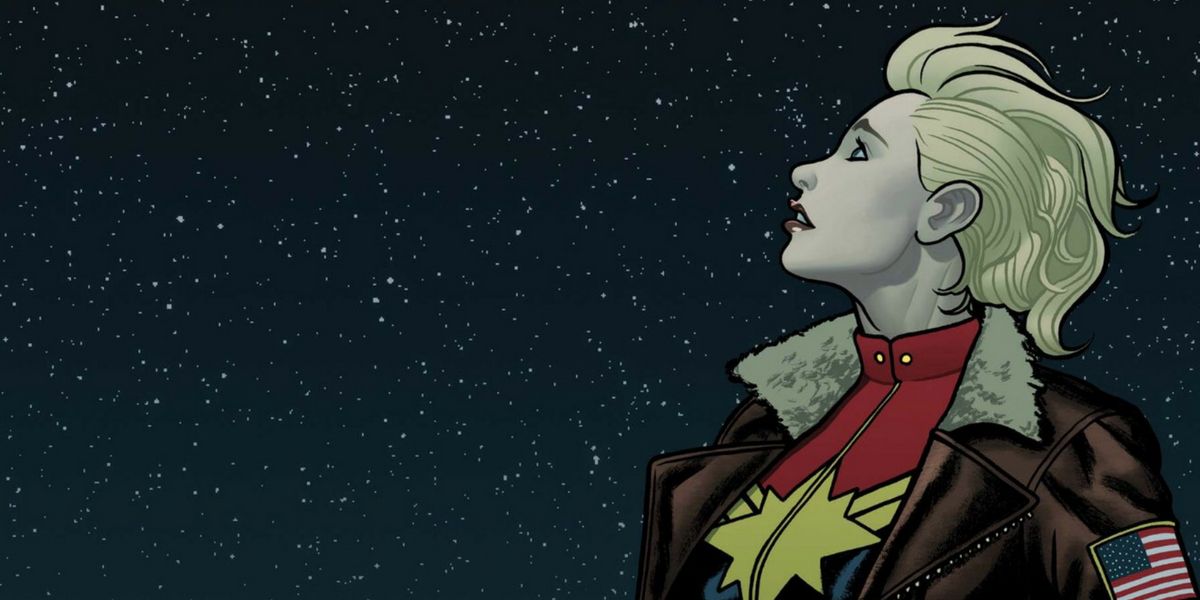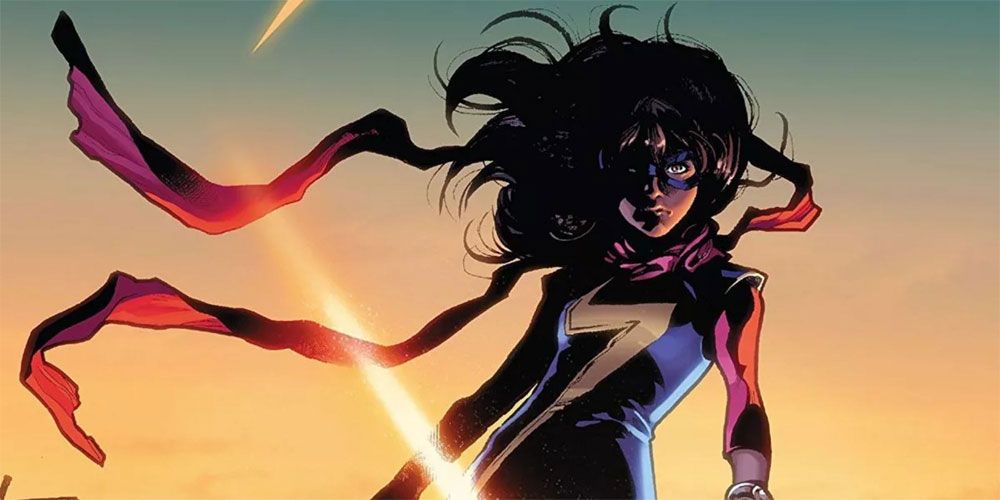Every comic book fan remembers their first visit to the local comic book shop -- perusing the cramped aisles full of dazzling and bright covers and trying to avoid getting distracted by the collectibles on the top shelves. Opening a book here, an issue there, figuring out which story from a seemingly endless supply to read. It was an exciting moment, full of possibility and choice -- each individual's personal Issue #1. But it was also a daunting task, one that carried a certain weight to it. Many of the characters that line the shelves of these shops have been around for decades. With so much material, where does one even begin? With who?
All of the Marvels: A Journey to the Ends of the Biggest Story Ever Told seeks to answer these questions -- at least when it comes to Marvel Comics. Written by Douglas Wolk, author of Reading Comics and host of the Voice of Latveria podcast, the volume seeks to make sense of all 27,206 Marvel comics through the lens of Earth-616 and Earth-1218. And how exactly did Wolk do this? Why, he read them all, of course!
Unlike rival superhero comics publisher DC Comics, which has rebooted its superhero timeline twice, the thousands of issues of Marvel Comics all exist in the same timeline, making up "the longest continuous, self-contained work of fiction ever created," in Wolk's words. This gives each issue a narrative boost, as an event from the in-universe past can be referenced or homaged at any time in any story by any creative team.
But as any dedicated comic book reader knows, the world of comic publishing is complicated, and what counts as "in-universe" can be tricky to navigate. So Wolk starts the book by setting some ground rules. While Marvel was putting out comics since the 1930s under the name Timely Publications, Wolk begins his expedition with Marvel's First Family, 1961's Fantastic Four #1. Wolk ends his journey at 2017’s Marvel Legacy #1. Not because the story ends there, but simply because he needed an endpoint. He also does not include Marvel books that never crossed over with the Marvel Universe, including Star Wars, G.I. Joe, pre-2017 Conan the Barbarian, and the various comics of the Epic and Icon imprints.
Wolk is the perfect tour guide for this Marvel Comics journey and paints a vivid picture of the intricately connected Marvel Universe that is accessible to both longtime fans and newcomers. Chapter after chapter, he brilliantly provides overviews of some of Marvel's most iconic characters, including the Fantastic Four, Spider-Man, the X-Men, Black Panther, Thor, and Squirrel Girl. He notes their highs and lows, spotlights specific artists and writers who brought them to new heights, and offers his own commentary on certain storylines. Sprinkled between each character chapter are "interludes," brief sections that cover tidbits of Marvel Comics' forgotten and obscure history, including a rundown of all the pre-Marvel Cinematic Universe (MCU) films, a short history of the company’s monster comics that preceded its superhero stories, and a breakdown of how the corporation handled the Vietnam War and its fallout.
But the novelty of Wolk's work is his ability to take a character and jump between decades to different series, showing how both ardent true believers and comic novices can take pleasure in their stories. Take Kamala Khan/Ms. Marvel, for example. As a relatively new character, Ms. Marvel's 2014 titular series is a great place for new fans to hop on the Marvel train, as she provides a fresh and modern face that represents what a twenty-first-century superhero would look like. But, as readers continue her story, they will come to learn that she idolizes fellow hero Carol Danvers/Captain Marvel, which could lead them to 2012's Captain Marvel series. From there, they may have heard that Carol headlines a major crossover event, 2016's Civil War II, which is a sequel to 2006's Civil War, and so on and so on.
There is no right or wrong answer on how to navigate the Marvel trails. Kamala Khan/Ms. Marvel is just one of the countless entry points into the Marvel Universe. But this, according to Wolk, is the beauty of the interconnected story that is Marvel Comics. A reader who only joins in 2016 will take a completely different journey from someone who started reading back in 1970. They will notice different intricacies, find their own connections, and relate to different characters. But no matter where the path takes them, they will be speaking the same language that is Marvel -- a universe that is constantly going backward, forwards, and sideways, building on what came before while looking toward the future for what comes next.
For those looking for a map to navigate the web of Marvel Comics, All of the Marvels is a delightful and gratifying outline that will please comic fans of all calibers. But Wolk would be the first to admit that it is not the only way and maybe not even the best way to navigate the 27,000+ comics. And that, right there, is what makes the Marvel story truly marvelous.




